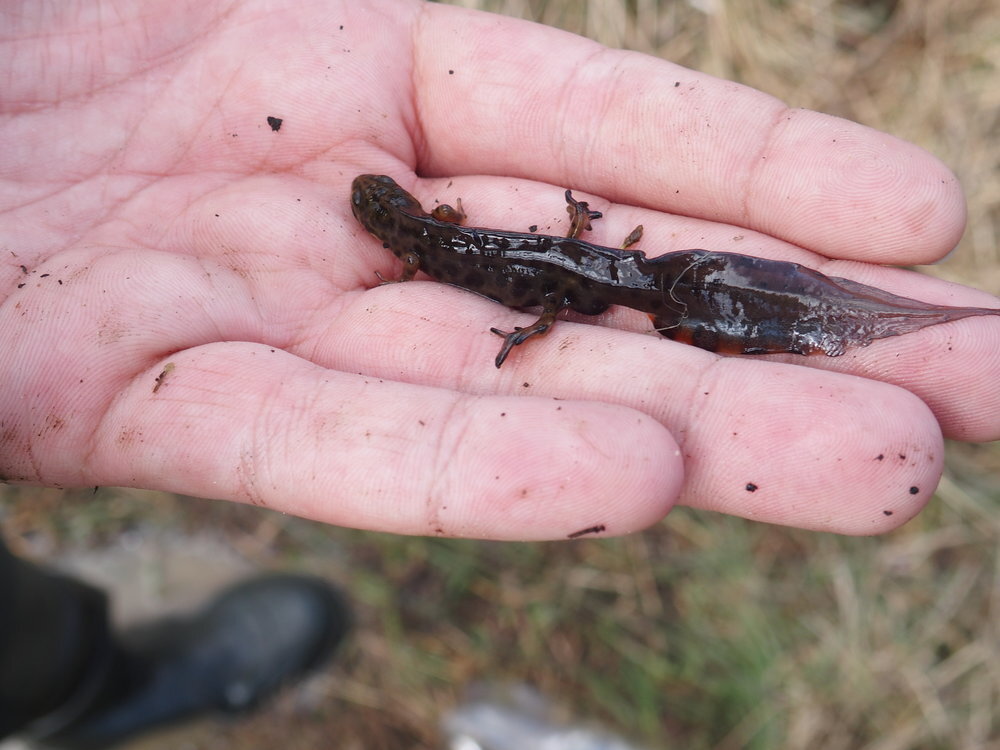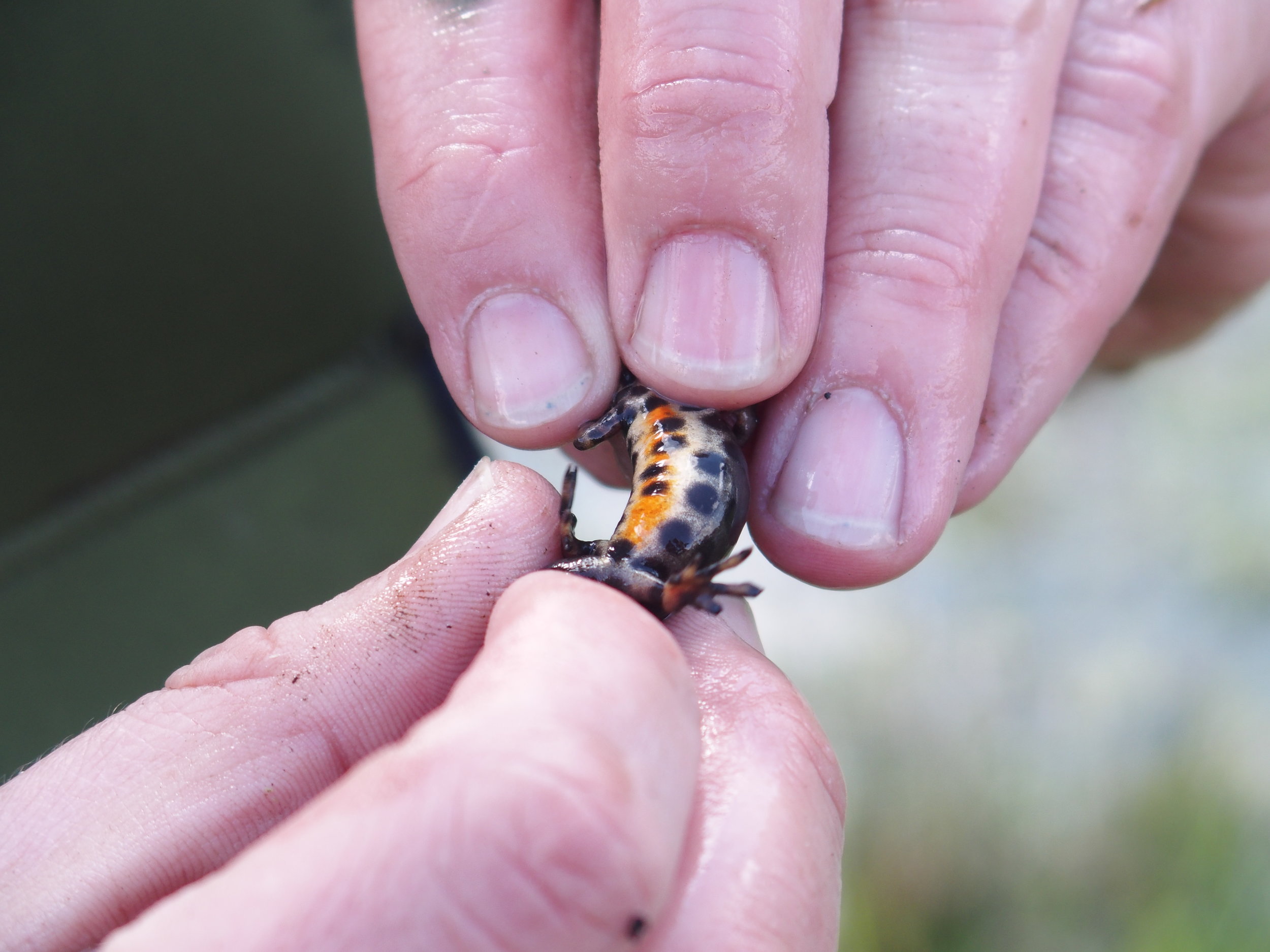EXPERT ECOLOGICAL SERVICES FROM PROFESSIONAL SURVEY CONSULTANTS
At Lizard Landscape Design and Ecology, we provide specialist ecological services to help assess and mitigate the environmental impact of your landscape development project. Our ecological consultants offer decades of experience in performing ecological surveys, including Phase 1 habitat surveys and ecological assessments for flora, fauna, and protected species. We also complete detailed Phase 2 habitat surveys and assessments for bats, reptiles, amphibians, badgers, dormice, and invertebrates.
Our comprehensive services include National Vegetation Classification Surveys and Species Translocation Projects, helping you gain planning approval while minimising ecological disruption. Our team works closely with you to ensure that your project preserves biodiversity and meets all environmental regulations.
DOWNLOADS:
Ecology Services Brochure (PDF)
ECOLOGICAL SURVEYS AND THE IMPACT ON BIODIVERSITY PRESERVATIONS
Ecological consultants play a crucial role in evaluating the environmental impact of development projects. We assess the ecological significance of a site, identifying potential risks to biodiversity and offering mitigation strategies. Our surveys contribute to biodiversity preservation by ensuring that habitats and species are protected during the development process.
By completing ecological assessments, we ensure that projects comply with regulations designed to protect wildlife. Our expertise also helps developers integrate wildlife-friendly features, like green spaces and wildlife corridors, into their projects.
+ What is a Preliminary Ecological Appraisal (PEA)?
A Preliminary Ecological Appraisal (PEA) is the first step in any ecological survey. This comprehensive assessment typically includes:
- An ecological desk study
- An extended Phase 1 habitat survey
- A protected species assessment
We begin with a desk study, gathering data on local and statutory designated sites, priority habitats, and protected species from biological record centres. This information helps us understand the ecological context of the site and its surroundings. The extended Phase 1 habitat survey maps the habitats present on-site and identifies plant species. We assess the potential for protected species and document any evidence, such as badger setts, bat activity, or reptile presence.
The PEA also identifies initial ecological issues and provides recommendations for further surveys, if necessary. This may include additional surveys for specific protected species. Based on our findings, we can advise on design modifications or mitigation measures that can be incorporated into the development to reduce ecological impact. The PEA is an essential tool for development planning, forming the foundation for an ecological impact assessment as the project progresses.
+ Protected Species Surveys
Protected species surveys are often required if the Preliminary Ecological Appraisal (PEA) suggests that any of the species listed in Article 12 of The Conservation of Habitats and Species Regulations 2010 or The Wildlife and Countryside Act 1981 are present on a development site. These surveys are a material consideration during the planning process and must be submitted alongside the planning application if protected species are present.
At Lizard Landscape Design and Ecology, our ecological consultants are experts in conducting surveys of protected species, including bats, great crested newts, dormice, and reptiles. We also prepare European Protected Species Mitigation Licenses when necessary for development projects where protected species are present.
THE ECOLOGY SURVEY SEASON
Ecological surveys are conducted throughout the year, with certain species surveys being season-dependent. Here are some examples of key surveys we offer and when they can be performed:
BADGER SURVEYS
Badgers are protected under the Protection of Badgers Act 1992, making it illegal to kill, injure, take a badger or interfere with an active sett without a licence. Our badger surveys identify active setts and assess potential impacts, offering recommended mitigation measures to avoid disturbing protected sites, if necessary.
BAT SURVEYS
Bats are protected by law, with all 18 UK species needing legal safeguarding. They roost in a variety of locations, including caves, tunnels, trees, and buildings, in both rural and urban settings. Our surveys assess roosting sites, evaluate the suitability for bat activity, and identify any mitigation measures needed to protect these species, including the use of hedgerows as commuting corridors and areas of grassland, woodland, or river habitats for foraging.
BIRD SURVEYS
Most bird migration takes place during the spring and early summer, and during late summer and autumn, but this can vary between species. By identifying any birds of conservation concern, our surveys help developers avoid disrupting breeding sites and ensure compliance with regulations to protect migratory species.
DORMOUSE SURVEYS
The hazel or common dormouse is the only native dormouse to the UK. Numbers have declined significantly in recent times due to habitat loss and fragmentation. All dormouse and their habitat are strictly protected under The Conservation of Habitats and Species Regulations 2010. If you are currently dealing with a site which contains woodland or mature hedgerows you may need a dormouse survey.
GREAT CRESTED NEWT SURVEYS
Great Crested Newts (GCN )are protected under the Wildlife and Countryside Act 1981 and the Conservation of Species and Habitats regulations 2010, since their population has undergone significant decline during the 20th century due to habitat loss and fragmentation. Our surveys focus on aquatic habitats such as ponds and wetlands to assess the presence of newts and their breeding sites and shelter areas.
HABITAT SURVEYS
Phase 1 habitat surveys can be completed throughout the year, but surveys during the spring and summer allow more detailed species lists to be put together which can aid the classification of habitats.
A Phase 1 habitat survey can be extended to include an assessment of a site's potential to support protected species, such as bats, great crested newts, badgers, reptiles and nesting birds. The findings of an extended phase 1 habitat survey can be used to determine whether a further detailed survey is likely to be required, such as botanical surveys or a more detailed protected species survey.
OTTER SURVEYS
Otters are fully protected under the Conservation of Habitats and Species Regulations 2010. Our surveys assess watercourses, including rivers, lakes, ponds and coastal habitats, for signs of otters, such as holts or spraints. If found, we recommend appropriate mitigation measures to protect these species and their habitats.
REPTILE SURVEYS
Six species of reptiles are found in the UK, all of which are protected under the Wildlife and Countryside Act 1981, making it illegal to intentionally kill or injure them. Rare reptiles (Smooth Snake and Sand Lizard) also receive legal protection under the Conservation of Habitats and Species Regulations 2010.
The BREEAM and BRE-Eco Homes Assessments measure performance in several key areas including ecology. Lizard Landscape Design and Ecology can provide reports written by a Suitably Qualified Ecologist which are vital to gaining Land Use and Ecology Credits.
WATER VOLE SURVEY
Water Voles are the largest of UK vole species and are protected under The Wildlife and Countryside Act 1981 due to dramatic population declines. Water Vole can be found on slow-flowing watercourses, wet ditches, ponds, lakes and canals with well vegetated banks and steep banks for burrowing. Water Vole surveys may be required if development is in close proximity to a suitable watercourse.
WHITE-CLAWED CRAYFISH SURVEY
White-clawed crayfish are classified as an Endangered in the IUCN Red List of Endangered Species due to their threat from the Crayfish plague, caused by the oomycete Aphanomyces astaci, a devastating fungal-like disease carried by a number of introduced North American species of crayfish, and competition from alien crayfish populations.
Our surveys assess the presence of these crayfish in aquatic environments. Using techniques like torch and trapping surveys, we examine habitats from July to October, when crayfish are most active. We provide mitigation advice if their habitats are at risk due to development.























